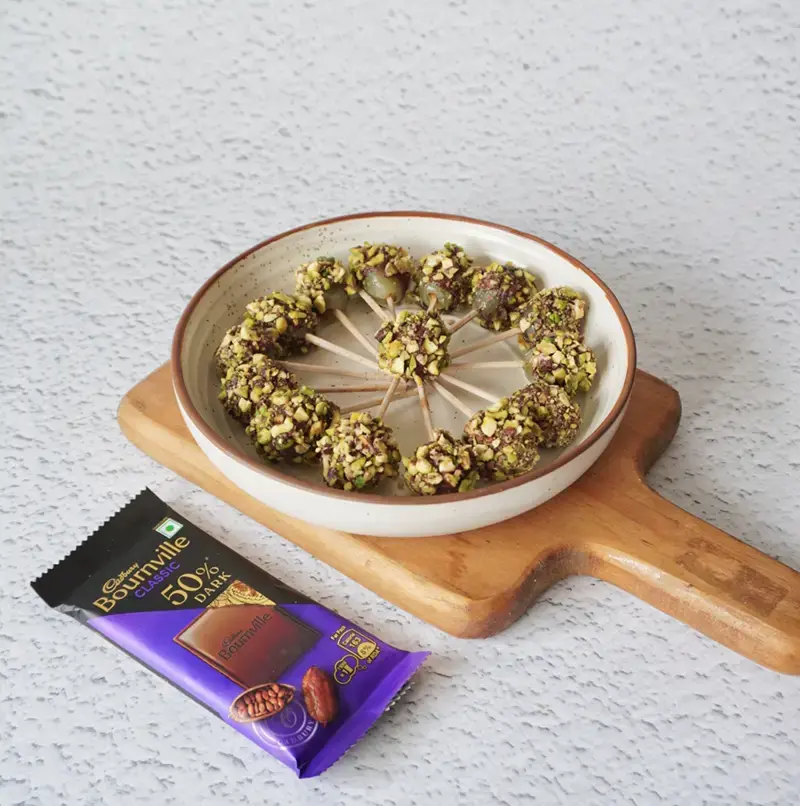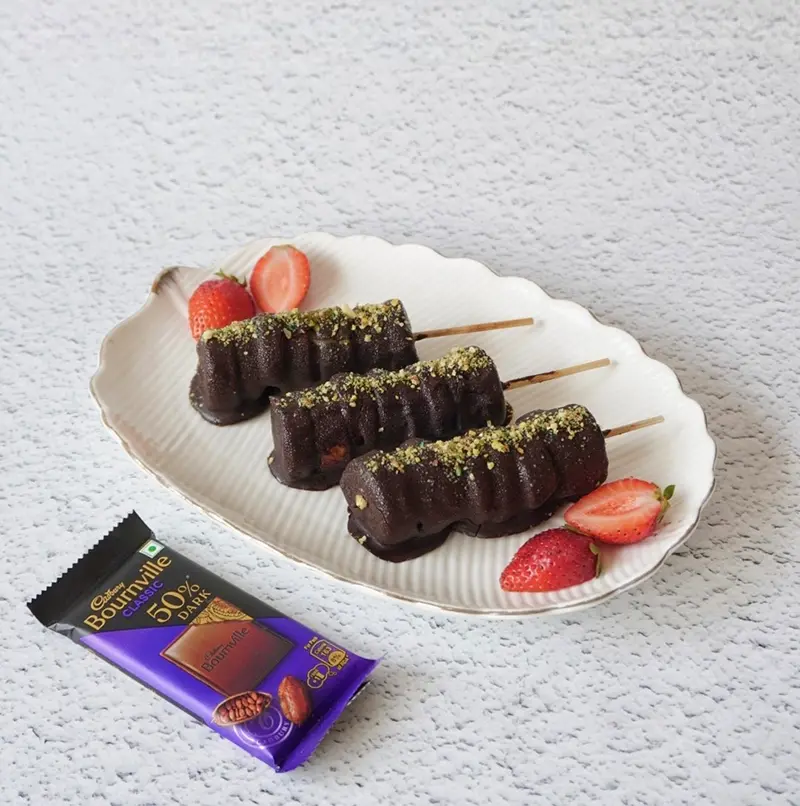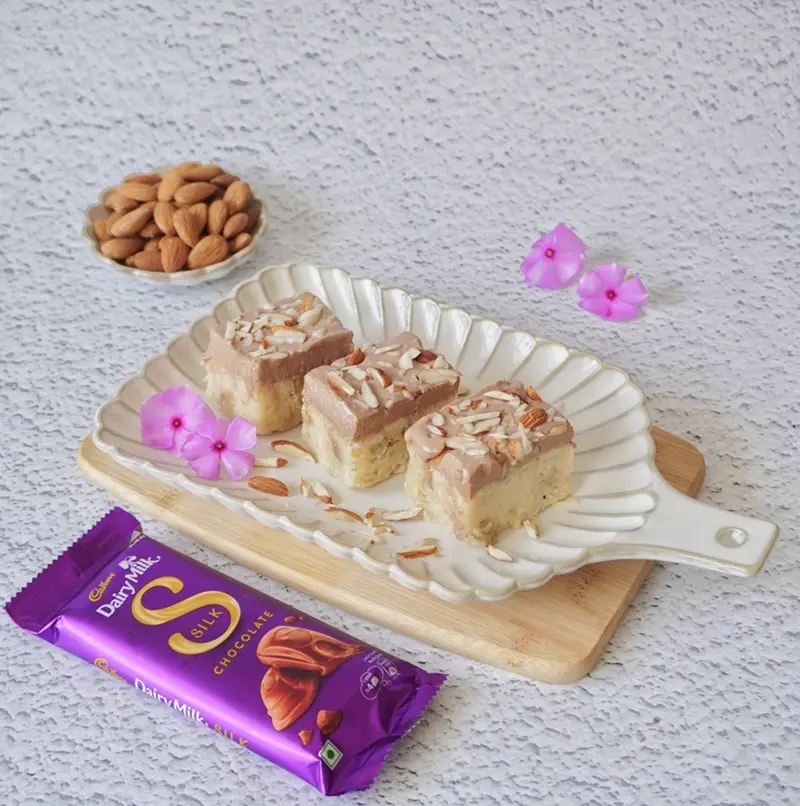Italy’s dessert cakes are rich yet comforting in their flavours with royalty, gangsters and battles thrown in the mix that paint the stories of the cakes
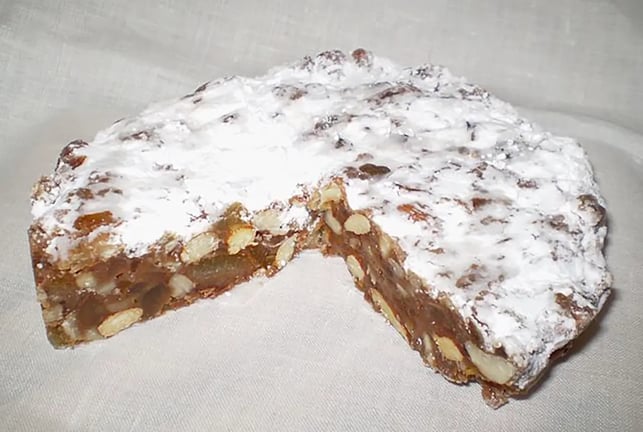
Some cakes have not-so-humble beginnings and shoot to fame when graced upon by royalty and sometimes a scandal. Italy has too many dessert cakes that go beyond a handful and we listed some with interesting backstories—from fruitcakes to rich chocolate cakes that are woven into the local lore and cultural fabric of the sunny country.
1. Cassata
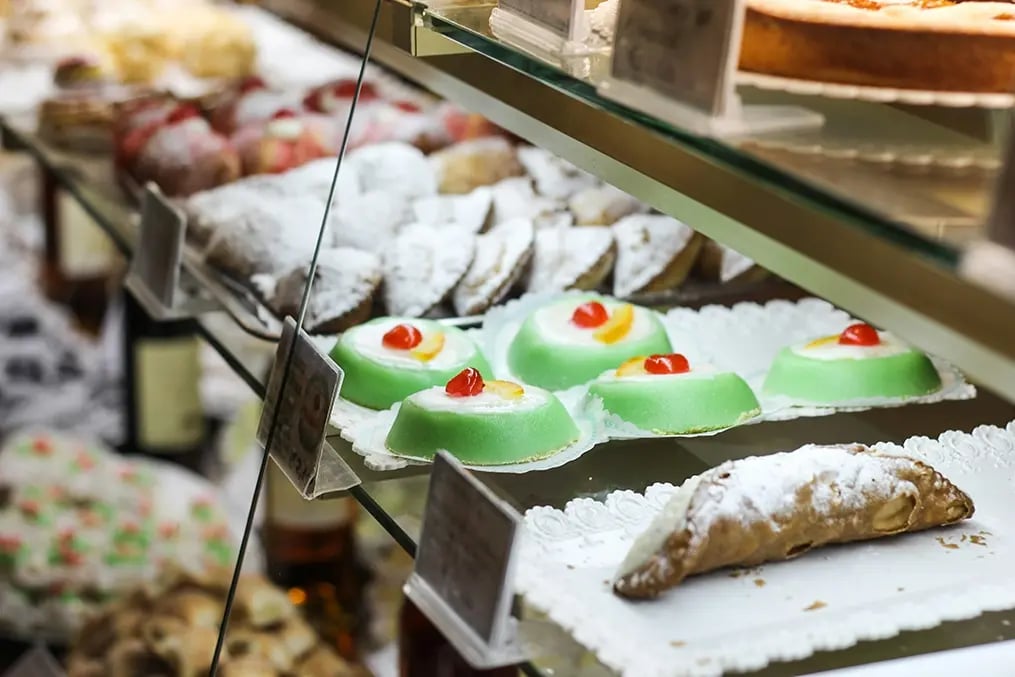
With Sicilian roots, Cassata has influences from the Arabic rule in Italy and also from Spain. The word “quas’at” means bowl and some essential ingredients that go into the Cassata – sugar, lemon, orange bitters, mandarin, almonds and even ricotta were introduced by the Arabs between the 9th and 11th centuries. As for the Spanish part, they introduced sponge cakes, which are called Pan di Spagna (Bread from Spain) and also chocolates and the art of using candied fruits – Baroque influence. The ancestor Cassata consisted of a short pastry crust with a filling of sweet ricotta only; this was baked. The trademark green of the Cassata came from the invention of almond flour mixed with sugar that was dyed green using local herbs, called Martorana or pasta reale. The shortcrust disappeared and was replaced with the Martorana and Cassata, prepared cold and not baked from then on.
2. Torta Caprese

Torta Caprese is a famed cake from Neapolitan cuisine, a delicious chocolate cake that is soft towards its centre and crisp on the outside with a dusting of powdered sugar. It was said to have been made to please the 16-year-old homesick Queen Maria Carolina married to King Nasone, ruler of Naples, in the 1700s. The Queen wanted a Sachertorte, an Austrian chocolate cake, for which the local bakers hardly knew the recipe, so they made a local chocolate cake fashioned after it that took the name of Caprese, based on the young Queen’s favourite island in the Bay of Naples. It’s a rustic flourless cake, made with dark chocolate, eggs, sugar, almonds, and butter, and is quite dense. There’s another version that says this cake was made in the late 1900s, with ties to Al Capone, who sent two of his henchmen to Italy for some business. They made a pit stop at the famous pastry shop of Carmine Di Fiore in Capri. Knowing their identity as gangsters frightened the baker, and in his anxious state, he forgot to add the flour to the chocolate and almond cake. The gangsters, however, loved it, and the baker tried to replicate the cake for his local customers.
3. Torta Paradiso
Paradise cake or a “piece of heaven” cake, is one of the simpler cakes from the city of Pavia, in the Lombardy region of Italy. It is made of eggs, butter, and flour and topped with lots of powdered sugar, created by Enrico Vigoni in the early 1800s. It’s like a sponge or a pound cake that is mostly unadorned but might have a filling of custard, cream or some kind of buttery spread. It's a perfect breakfast sweet treat and can be eaten alongside a hot beverage.
4. Torta Setteveli
A traditional birthday cake from Palermo, Sicily, this rich chocolate hazelnut cake is also known as the Seven Veils Cake because it's a seven-layer cake. The bottom of the cake is a sponge cake with praline on it, which alternates its layers with rich chocolate layers and a hazelnut mousse called gianduja, with a chocolate glaze on top. Chocolate has an aphrodisiac’s properties, so perhaps the creators named it after Salome’s Dance of Seven Veils, which ended up seducing King Herod Antipas (Biblical reference popularised by Oscar Wilde). A trio of specialised pastry chefs – Luigi Biasetto, Cristian Beduschi and Gianluca Mannori are said to have made this cake that won the international Coupe du Monde de la Pâtisserie award in Lyon in 1997.
5. Buccellato

Ciambella is one of the most recognised ring-shaped Italian cakes and it’s only second to Buccellato, also known as Cucciddatu, which is prepared during the Christmas holidays. It's a fruitcake essentially, also baked to celebrate milestones among families and friends. It's made with shortbread pastry, sweetened with honey and has a filling of dried fruits – figs, dates, raisins and candied fruits, chocolate, and an assortment of nuts — almonds, hazelnuts, walnuts and pine nuts. It comes from the era of Arab rule in Italy and this cake also comes in smaller sizes.
6. Panforte di Siena
Also known as Siena cake after the Italian city, it's made with a lot of fried fruits, nuts and spices, similar to how a Christmas fruitcake is made. The ingredients go into a sugar syrup and are mixed into the batter to make a dense cake with a firm structure. There's also history in its pores wherein the cake was fed to the soldiers in the battle of Montaperti, 1260 between Florence and Tuscany Siena. Back then the nuns used to make it, with a dusting of white pepper on the cake. The recipe was tweaked to reduce the fiery flavours in the 1800s when Queen Victoria came to visit.
Like This Article?
More Like This




Popular Articles





Trending Web Stories
Curated Recipes

